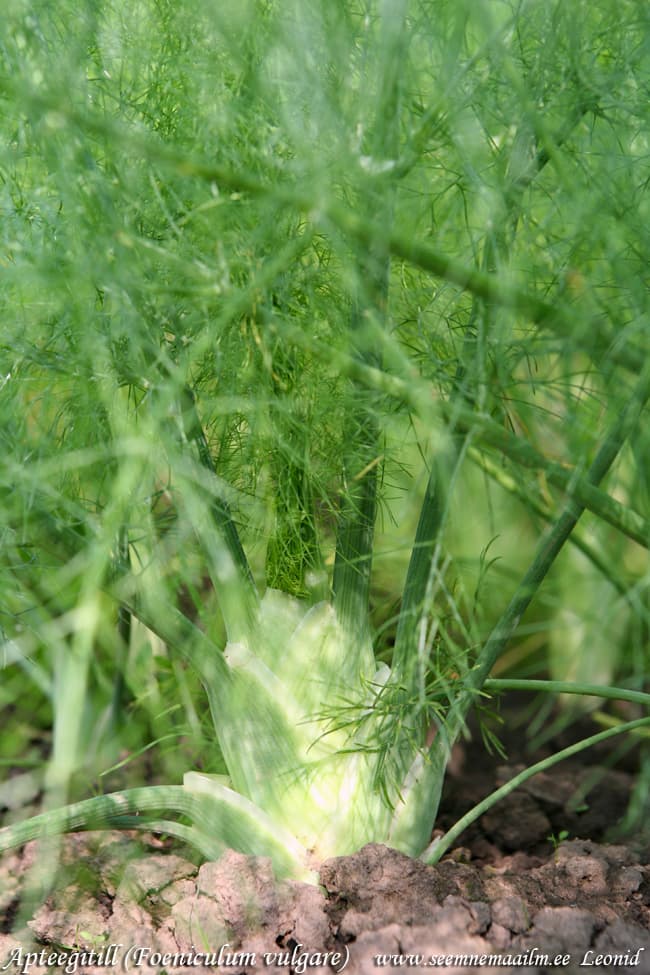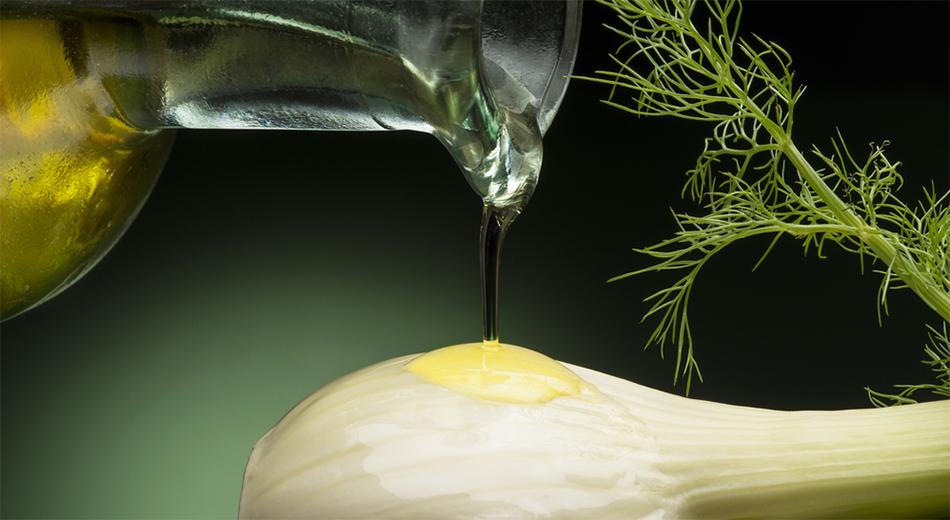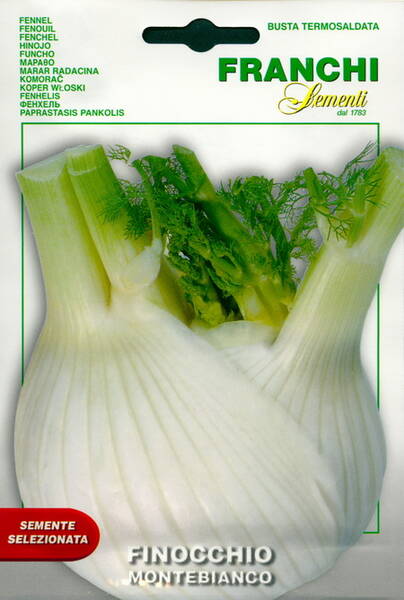Ex Tax: 1.14€
Vegetable, spice and medicine!
The period from full germination to harvest is 115 days (thickened stem formation).
The plant is erect, branched, reaches 1.5-1.8 m in the flowering phase.
The rosette of leaves is half-raised. The leaf is medium in size, three times to four pinnacles, green.
The stemfruit is white, oval, of medium density, weighing 90-110 g.
The whole plant has a sweetish taste and smell of anise.
Leaves and young shoots are used in cooking as a gingerbread addition to soups, meat dishes and vegetables.
The stems are boiled or eaten raw as a salad.

* Italian or pharmaceutical dill - this is sometimes called fennel.
It contains a lot of salts of iron, potassium, calcium, phosphorus. Due to its phytoncidal activity, fennel is highly regarded as a medicinal plant.
The culinary properties of this plant have been known since the time of Hippocrates. Fennel is especially widely used in the cuisine of the peoples of Indochina, in French and Italian cooking.
Its pleasant, sweetly spicy and refreshing taste allows the use of all parts of the plant.
In early spring and late autumn, a spindle-shaped, many-headed root is used boiled and mashed. Fresh herbs are used to season salads.
It goes especially well with sweet, sweet and sour and fruit salads. Fennel fruits are stewed with butter and a dressing of flour and broth. Stems and seeds are added when salting cucumbers, tomatoes, and pickling cabbage. Excellent sauces are prepared from fennel, used in baking bakery products. The seeds are used to obtain tonic infusions.
Hardy Perennial Herb.
Height: 24 inches.
Cooking: Delicious sweet and delicate aniseed flavour. Use in salads and with fish to counteract oiliness.
Beauty: An infusion used as a compress is excellent for softening rough chapped hands. Pour hot water over the leaves and stems for a cleansing facial steam bath.
Natures Remedy: Reputed use for many ailments, particularly regularising painful and abnormal menstrual periods. It has long been recommended to combat obesity and aid slimming, as an eyewash for sore eyes and as a gentle laxative. Steep 1 tablespoonful of freshly crushed seeds in 1 cup of water for 5 minutes. Sweeten with honey to taste.
Sowing Instructions: Prepare the ground well and rake to a fine tilth before sowing. Sow early spring outdoors where they are to grow, 12 mm deep in rows 38 cm apart.
Growing Instructions: When large enough to handle thin out to 30 cm apart.
Aftercare Instructions: They prefer a sunny site and well drained soil but will grow in most sites and soils.
Eng.: Bitter fennel, common fennel, garden fennel. Bot. syn.: Anethum foeniculum L., Foeniculum capillaceum, Foeniculum dulce Mill., Foeniculum foeniculum (L.), Foeniculum officinale All., Foeniculum panmoricum DC., Foeniculum piperitum (Ucria), Foeniculum vulgare Gaertn.
* Olive oil with fennel.
Ingredients:
Olive oil – 950 ml
Garlic – 3 cloves
Cloves – 3 pcs.
Fennel – 3 sprigs (or 1 tablespoon of seeds).
Preparation:
Wash the fennel and let it dry on a towel.
Peel the garlic, wash it and crush each clove a little.
The containers in which the oil will be infused are washed and sterilized.
Heat the oil over low heat, add crushed garlic, fennel sprigs (or seeds), and cloves and let it cool.
The cooled oil is poured into the prepared container and closed tightly.
Infuse for 2-3 weeks in a dark room at room temperature.
The finished oil is filtered and stored in the refrigerator.













